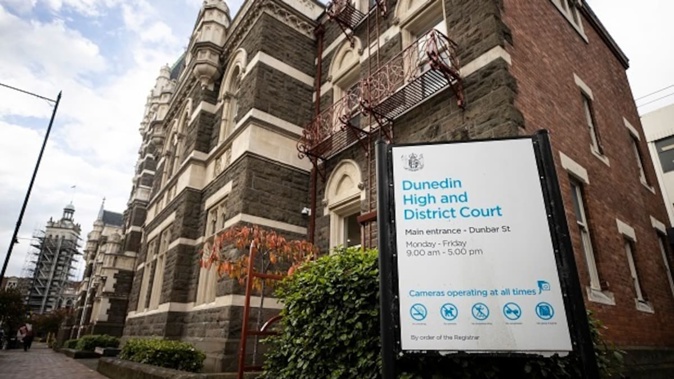
A radiologist says swelling seen on scans of an infant’s chest reflected rib fractures, but did not indicate abuse.
The trial of a high-profile sportsman accused of causing 13 rib fractures to an infant continued today at the Dunedin District Court.
The Crown alleges the infant sustained 13 rib fractures as a result of the defendant’s actions, while the defence argues the injuries could be explained by underlying bone fragility, vitamin deficiencies, or other medical conditions.
Dr Julie Mack, a US-based paediatric radiologist, had reviewed the baby’s imaging and told the jury the swelling visible on scans was confined to the line of broken ribs and “doesn’t tell you anything about the external force”.
Mack’s evidence directly challenged claims by Crown expert, Starship children’s hospital’s Dr Russell Metcalfe, who had argued the infant’s multiple displaced rib fractures and soft tissue swelling were consistent with severe trauma.
Mack said the pattern could equally occur in non-severe scenarios, including minor trauma or routine handling.
“You can’t use the fact that there are rib fractures and an important amount of soft tissue swelling to say the force was severe because the exact same look would be present in a row for non-severe forces,” she told the court.
Mack also addressed the timing and nature of the fractures.
While some fractures were visible on the infant’s initial X-rays, others only became apparent on subsequent imaging and in some cases, the displacement of the rib progressed over time.
Mack said that the first X-ray would have missed non-displaced fractures entirely.
Mack said the sound reportedly heard by medical staff on July 18, described as a click or crack, was consistent with the ribs fracturing through the cortex at that time.
She said that the fractures themselves, rather than external pressure, produced both the sound and the associated soft tissue swelling.
Mack described the absence of bruising, describing it as a “pertinent negative,” and its absence did not support conclusions of significant force.
Most of the infant’s fractures were left-sided, which Mack said explained the asymmetry of swelling.
Mack emphasised that the X-ray images could not definitively distinguish between a single traumatic event and repetitive minor forces, noting that some fractures may have developed over several days and become visible only on later imaging.
She said that despite the presence of multiple fractures, there was no evidence that underlying organs had been damaged, and the lack of bruising further complicated assumptions about the force applied.
Earlier in the trial, Crown witnesses including Professor Ben Wheeler, a paediatric endocrinologist, and Dr Leslie Anderson, a forensic pathologist, testified that the infant’s injuries were inconsistent with common bone disorders or accidental causes.
The court has also heard from the infant’s mother, friends, and family, who testified in defence of the sportsman, denying involvement.
The trial continues.
Ben Tomsett is a multimedia journalist based in Dunedin. He joined the Herald in 2023.
Take your Radio, Podcasts and Music with you









